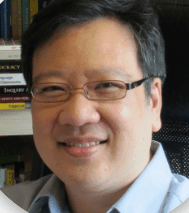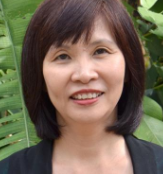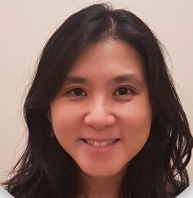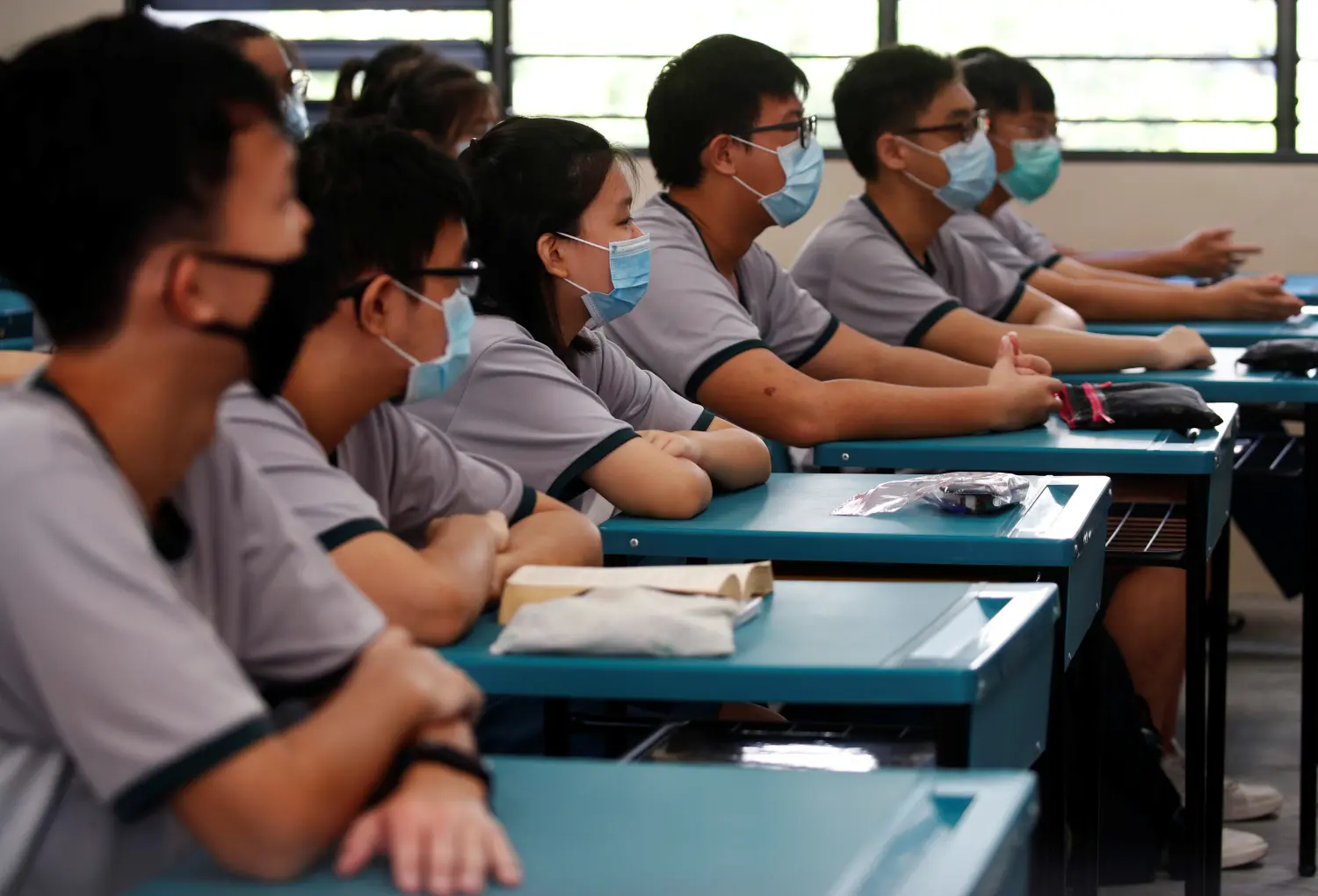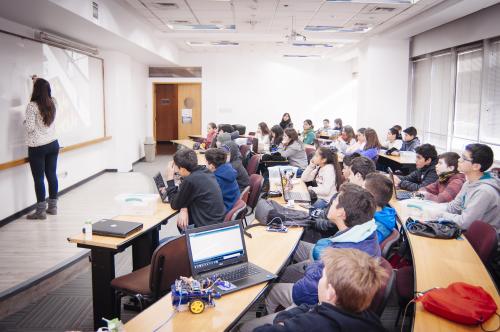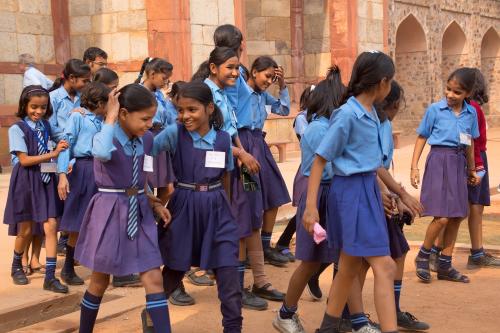Singapore is a city-state in South-east Asia of about 710 square kilometers and inhabited by 5.64 million people of Chinese, Malay, Indian, and Eurasian background. Since independence in 1965, the country’s democratically-elected government has remained politically stable, allowing for long-term education policy planning. Without natural resources, human capital development through education has been a significant policy priority over the decades, including the establishment of the sole teacher training National Institute of Education (NIE). A distinctive characteristic of the Singapore education system is the close tripartite relationship among the Ministry of Education (MOE), NIE, and Singapore schools, which enables systemic changes to spread throughout the school system and provides an ongoing avenue for feedback and continuous improvement.1
The government centralizes policy control and infrastructures to create an efficient system, making high-quality public education available to all under the Compulsory Education Act 2000, while simultaneously decentralizing the system to develop schools into learning organizations that are continuously improving with minimal governmental intervention. In line with increased school autonomy, there was a shift from a centralized external appraisal system by a team of inspectors toward schools self-appraising with rubrics-based, formative performance measures. Education in Singapore has evolved from a focus on fulfilling economic needs and supporting students’ academic development to an increasing focus on holistic student development, including character formation, societal participation, and self-actualization. The emphasis on holistic education is also to expand educational parameters beyond cognitive abilities and academic performance to other growth areas such as physical, socio-emotional, and artistic achievements. Desired holistic student outcomes are outlined in the 1997 “Desired Outcomes of Education” and further enhanced in 2010 with the “21st Century Competencies and Student Outcomes” framework.
In the transition from economic imperatives to holistic drivers, there has been a gradual move over five policy phases (from 1965 to 2022 and beyond) toward curriculum and school diversification to cater to different students, with more autonomy given to schools to innovate their pedagogy and improve instructional quality to meet their students’ unique needs. Importantly, there has been a shift in policy rhetoric from focusing on educational structures to focusing on pedagogy and instructional quality.
The overall structural reform was the provision of multiple pathways to academic success, along with increased curriculum customization that recognizes students’ different abilities and strengths. By 2024, streaming in all secondary schools will be replaced by Full Subject-Based Banding (FSBB) to support students’ differing abilities and interests in specific subjects.
A series of reforms were also implemented to cater to students’ well-being, including the 2005 Socioemotional Learning framework, the 2007 Holistic Health Framework to encourage students to lead a healthy lifestyle, and a comprehensive Character and Citizenship Education (CCE) curriculum with provision for knowledge, skills, values, and attitudes to be taught explicitly.
In brief, the five phases of educational policy reforms have seen gradual systemic shifts in four key aspects: (a) from top-down government control toward more bottom-up initiatives and increasing school autonomy for curriculum, pedagogy, and assessment; (b) from centralized direction to increasingly ecological whole-of-system innovations; (c) from teacher-proof instructional strategies to increasingly learner-centric pedagogies; and (d) from creating school access to focusing on instructional quality. Policies are layered upon one another to move the system in these desired directions. In the latest phase, “Learn for Life” (2020 onwards), the shift away from an overemphasis on academic achievement continues, with emphasis on preparing Singapore students to connect, collaborate, create and to be resilient to changing circumstances.
To shift pedagogy from being mainly didactic in nature—with emphasis on preparing students for national examination—the Singapore government recognized the need to focus on school leaders’ and teachers’ capacity building to enable new curricula and teaching practices. The school cluster structure was initiated in 1997 to enable collaboration and learning among school leaders, key personnel, and teachers. Opportunities for collaborative teacher learning are provided at different ecological levels: professional learning communities (PLCs) within schools and networked learning communities (NLCs) across schools. Beyond the education system, the Singapore government works with other ministries and community organizations, such as ethnic self-help organizations, to tackle educational equity issues.
The Singapore education system was able to adapt to the impact of the COVID-19 pandemic by switching to full home-based learning and subsequently blended learning. The centralized infrastructure facilitated the rapid deployment of technological resources to needy families and the existing tripartite relationship among MOE, NIE, and schools enabled the quick development of learning resources.
Ultimately, even though the official policy narrative post-1997 has been a de-emphasis on examination results and educational infrastructure to help improve the instructional quality in schools toward holistic outcomes and improved student well-being have been developed, education systems building co-exists with an alternative underlying shadow education system valued by parents who continue to chase narrow academic outcomes. Tuition and enrichment centers in Singapore constitute the shadow education system.
|
The summary report “Transforming education for holistic student development: Learning from education system re(building) around the world” lays out 10 key lessons for transforming education systems, which are all exemplified in this case study.
In particular, this case study highlights the need to:
1. Manage equity-and-rigor tension: Engage the perceived tensions between equity and rigor in deliberation about holistic development.
2. Design educational infrastructure: Design educational infrastructure to support new visions for instruction, and mobilize this infrastructure to support instructional improvement.
3. Support infrastructure use: Support the use of educational infrastructure in school and classroom practice through professional learning. |
-
Footnotes
- This case study is a companion to “Transforming education for holistic student development: Learning from education system (re) building around the world” (Datnow et al., 2022), a summary report that explores the work of building and rebuilding education systems to support holistic student development in six education systems in Singapore, Ireland, Chile, Canada, India, and the United States and in one cross-national system (the International Baccalaureate). While different in many ways, the seven systems bear remarkable similarities in their efforts to (re)build education systems—each is working in policy contexts pressing for academic quality and equity, while also facing additional incentives to support holistic student development.
